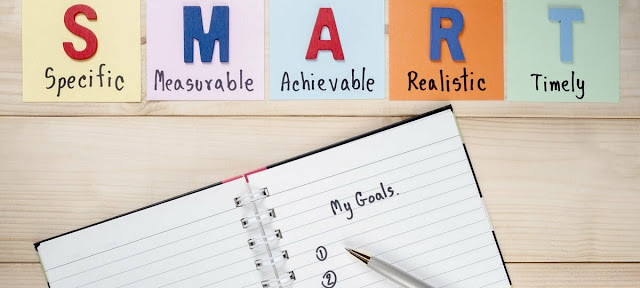A Goal Without a Plan Is Just a Wish
You have just finished teaching a new concept. Do your students know what has been taught? Are they able to demonstrate their understandings? Have they achieved their learning goals?
For students to become active participants in the learning process, a learning experience needs to have a reason; with clearly defined and achievable goals. Goal setting with your students will not only increase active participation and engagement, it will also develop higher-order thinking, create positive attitudes and behaviors towards learning and improve learning capabilities. Setting a plan for a learning or behavior goal in the classroom can be a whole-class or an individual activity.
Setting Whole-Class Goals
Whole-class goals are successfully achieved when the goal has been set collaboratively by the students. Students have a greater feeling of ownership and accountability of a class goal when it has been jointly constructed, with identified examples of what it will look like to achieve the goal.
Using a learning intention with success criteria, or ‘WALT’ and ‘WILF’ poster, will help break down the goal. They may also assist in planning how the goal will be successfully achieved.
After a class goal has been set, the goal should be visually displayed in the classroom to remind students what achievement they are working towards. Throughout any relevant learning experiences, reinforce the goal with your students by consistently referring back to it.
Setting Personal Learning Goals
When students set personal learning goals and create action plans, they reflect on their learning progress and become more independent learners. This can also foster a greater sense of motivation for achieving their full potential.
Getting students to write down and plan their goals is an important step towards achieving them. It encourages the students to make their goals meaningful, specific and measurable. It also provides opportunities for students to reflect on their learning and identify the next step in achieving their goal.
Some useful goal setting templates include:
- goal trackers
- dreaming big
- SMART goals
- WHOOP
- three stars and a wish.
These create accountability for student-centered learning and assist with identifying the actions required in achieving a desired learning outcome.
Motivating Students
Students will be more motivated to achieve their goal if they are encouraged by their teachers and their peers, feel a sense of achievement and are acknowledged for their efforts.
In the classroom, you can help students persevere on their journey towards a goal by displaying motivating posters, encouraging the use of a growth mindset and providing meaningful and positive feedback.



Comments
Post a Comment